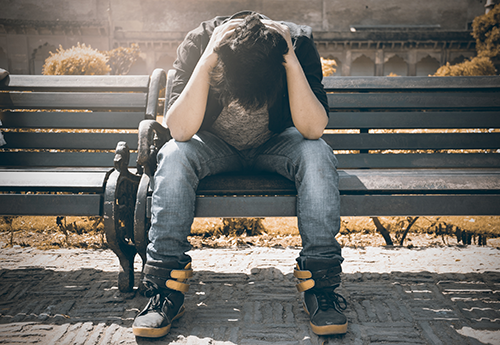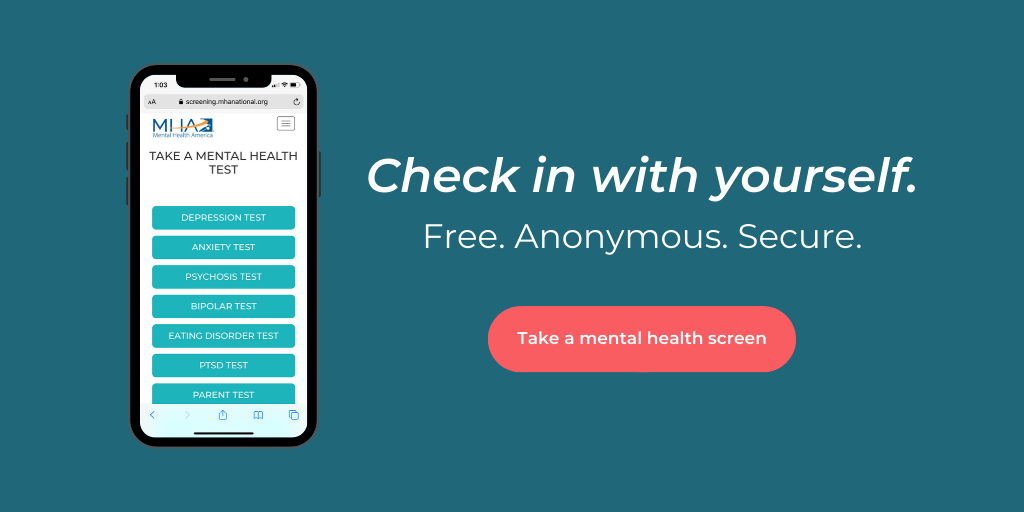Social Anxiety Disorder, sometimes called social phobia, is an anxiety disorder characterized by extreme fear or anxiety in one or more social settings. Going to a party or even having a one-on-one conversation with a new person can result in increased heart rate, sweating, and racing thoughts for someone with social anxiety. When social anxiety gets significant, it’s common for individuals to isolate and feel very alone, making recovery harder.
Ultimately, it can make it difficult for a person to live the life they want: the excessive fear of humiliation and rejection can limit them in work, school, and relationships. While most people have concerns about acceptance and embarrassment, the extreme anxiety and dread that accompany social anxiety disorder are so overwhelming that a person may find it hard to function in daily life and may avoid the anxiety-inducing situations altogether.
Fifteen million, or seven percent, of American adults have Social Anxiety Disorder [1]. More than 75% of people experience their first symptoms during their childhood or early teenage years [2]. People with social anxiety disorder are also at an increased risk for substance use disorder and major depressive disorder.
While it does not have one specific cause, there are a number of risk factors that can increase a person’s likelihood of developing Social Anxiety Disorder. People who are naturally more reserved and those who have experienced trauma like childhood abuse or neglect are more likely to develop the disorder. Additionally, those with a first-degree blood relative who has the disorder are anywhere from two to six times more likely to experience Social Anxiety Disorder.
Therapy: Cognitive-Behavioral Therapy (CBT) is used in treating Social Anxiety Disorder and can be helpful in managing the thoughts and physical symptoms associated with the disorder. Exposure therapy is an especially effective form of treatment in Social Anxiety Disorder, as it focuses on directly facing a fear or phobia. It involves learning coping skills and slowly building up the intensity of the things that cause discomfort and fear. In Social Anxiety Disorder, this can include things like calling a friend, talking to a stranger, applying for a job or public speaking. Exposure therapy is highly successful, as overtime an individual learns that he or she is able to handle the fear-inducing situations.
Medications: In conjunction with talk therapies, medications like antidepressants, benzodiazepines, and beta-blockers are sometimes used in the treatment of Social Anxiety Disorder.
Support: Because social phobia can lead to isolation, finding support groups with others who have similar experiences can be an important part of recovery. In-person support groups, as well as online communities, can be a great source of connection and learning.
Read stories from people living with Social Anxiety Disorder on The Mighty.
Get additional information about Social Anxiety Disorder at Psych Central.
988 Suicide & Crisis Lifeline
988
988lifeline.org
Anxiety and Depression Association of America
240-485-1001
www.adaa.org
Freedom From Fear
718-351-1717
www.freedomfromfear.org/
National Institute of Mental Health
866-615-6464
www.nimh.nih.gov
National Association of Social Workers
www.helpstartshere.org/find-a-social-worker
Anxiety in Older Adults
Excessive anxiety that causes distress or interferes with daily activities is not a normal part of aging, and can lead to a variety of health problems and decreased functioning in everyday life.
Panic Disorder
Panic disorder is characterized by unexpected and repeated episodes of intense fear accompanied by physical symptoms.
Managing Anxiety in the Classroom
Research shows that up to 25% of students struggle with clinical anxiety which can significantly impact a student’s ability to learn and perform up to their capacity.






